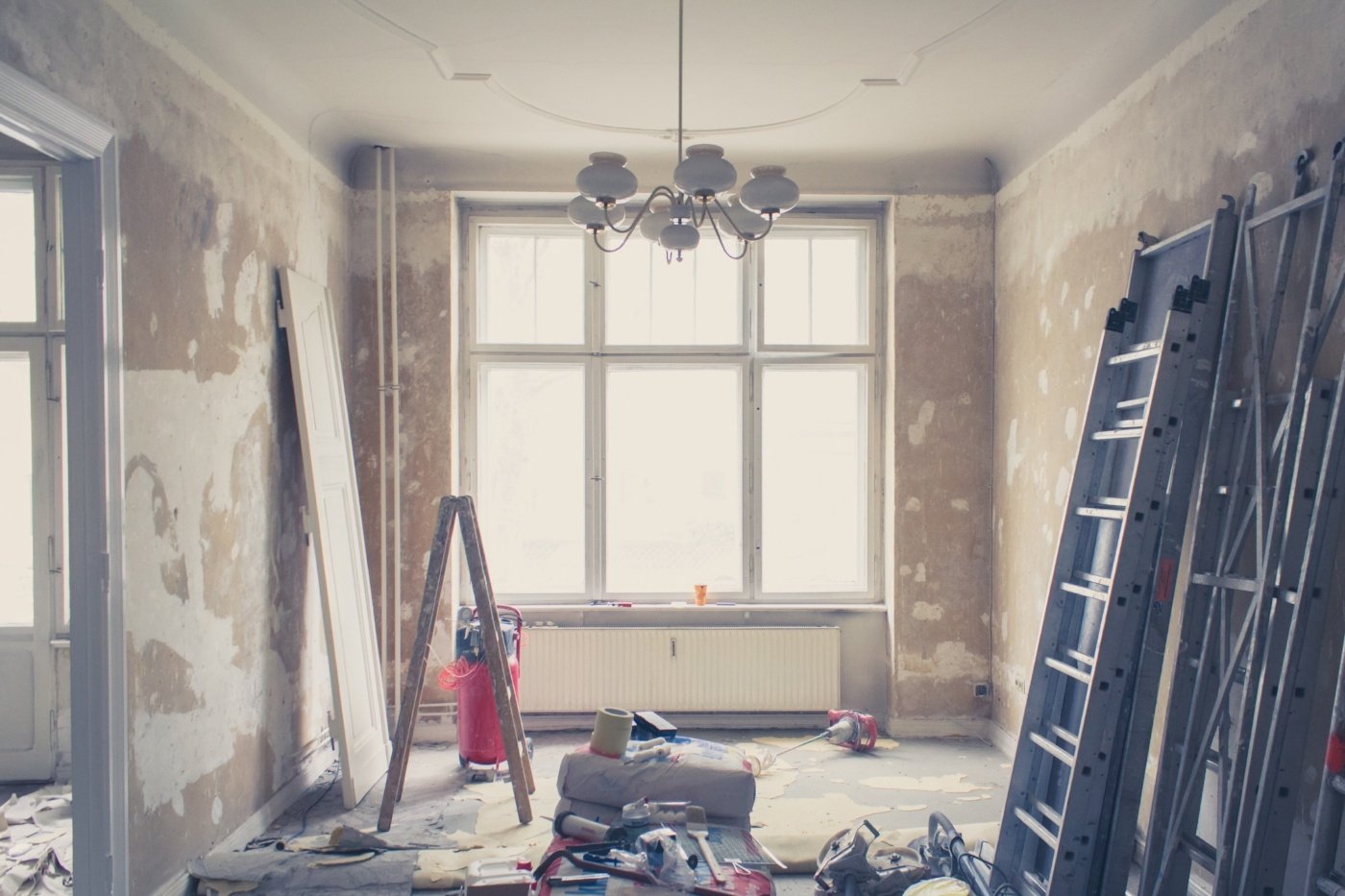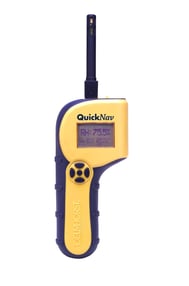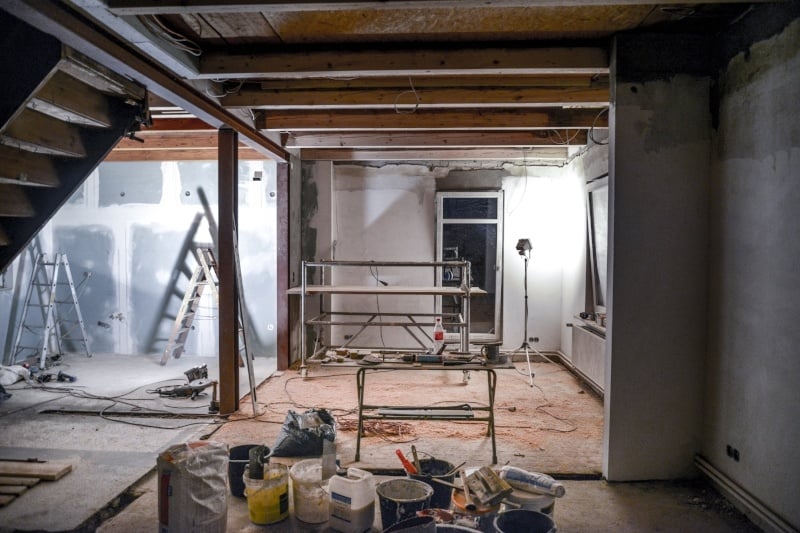5 Tips for Accurately Using a Restoration Moisture Meter

In water damage restoration, it’s important to have accurate information about the moisture content (%MC) of various building materials. Without accurate moisture content amounts, it can be difficult to reliably track dry out efforts in a structure—or to identify what should be removed from the building to minimize mold and other water damage risks.
This is why water damage remediation experts use restoration moisture meters to test the moisture content of various building materials. Using a moisture meter for restoration work, experts can quickly and accurately gauge the %MC of different building materials so they can make informed decisions about how to progress with their dry out efforts.
But, how can professionals ensure that the readings they get from a restoration moisture meter are accurate?
Here are a few tips:
1: Check the Restoration Meter’s Reading Scale
Different moisture meters will be calibrated for optimal accuracy in different materials. This is represented by the type of reading scale the moisture meter uses. Different reading scales include:
- Wood scale
- Drywall scale
- Reference scale
The first two scales in the list, wood and drywall, are self-explanatory. These scales are optimized to provide precise %MC measurements in wood and drywall building materials, respectively.
However, the third scale, reference, is a bit different. Rather than providing an absolute measurement of the %MC of the material being tested, it gives a relative indication of moisture as compared to other materials. This scale is best used for building materials that don’t have a set scale. By taking a reading of a sample of “dry” material, it’s often easy to establish a quick wet/dry test value for comparison.
Some moisture meters for restoration have multiple built-in scales, so it’s important to check what scale the meter is set to prior to testing moisture.
2: Make Sure the Testing Medium is Clean and in Good Condition
 Restoration moisture meters come in two main types: pin and pinless. While both device types test for moisture, they do it in different ways:
Restoration moisture meters come in two main types: pin and pinless. While both device types test for moisture, they do it in different ways:
- Pin meters use the principle of electrical resistance to measure moisture content. Two (or more) pins are inserted into the material to be checked, and an electrical current is then passed through one pin to the other with the material completing the circuit. If water is present, the current will flow more freely, while a lack of water increases resistance.
- Pinless meters use electromagnetic radio waves to “scan” a piece of material. Distortions in the wave are then used to estimate the moisture content of the material being scanned. To get an accurate reading, the scanning plate of the meter has to be pressed flat against the material being tested.
If the scanning medium (pins for pin meters, or scanning plates for pinless) is dirty or damaged, it could negatively impact the accuracy of a restoration meter. Rusted or grime-covered pins might not conduct electricity as freely, meaning that the meter would indicate building to be drier than they actually are. A corroded or dirty scanning plate on a pinless meter could keep it from making solid contact with the building materials to be scanned or create other distortions in the scan—impacting accuracy.
The best counter to these issues is to regularly inspect your meter’s pins or scanning plate prior to use, and to clean these items thoroughly between uses. Most of the time, using a dry microfiber cloth should be enough to remove dirt and debris. If the reading medium becomes damaged, it may be necessary to order a replacement from the manufacturer (keeping spares on hand can let you do this on the job so you don’t have to wait).
3: Take Multiple Moisture Measurements in Everything
One way to make sure that you’re getting accurate moisture content measurements with your meter is to take multiple measurements in the building materials you test. A single high reading could be a fluke (or a moisture pocket), but three identical readings with consistent results is a fairly strong indication that the measurement is accurate.
Testing different spots in a single piece of material can also help you determine whether the moisture is distributed throughout the material evenly, or if it is collected in one specific spot. This can be helpful for tear-out efforts.
4: Use a Calibration Testing Device
Many moisture meter manufacturers make devices specifically for their meters that are designed to quickly check the accuracy of the moisture meter. For pin-type meters, there is a device called a moisture content standard (MCS). For pinless meters, manufacturers make a sensor block (or testing board) that can be used to test the meter’s calibration.
When used with a restoration moisture meter, an MCS or sensor block is designed to produce a specific %MC value—if the reading displayed on the meter is different from this value, then you know that its calibration is off and that you may need to adjust your moisture measurements or repair/replace the meter.
5: Get a Restoration Moisture Meter from a Trusted, Reliable Manufacturer
When you need a trustworthy, reliable moisture measurement tool, it’s best to get one from a trusted and reliable moisture meter manufacturer.
When evaluating a manufacturer, be sure to check for:
- Reviews from past customers;
- A large variety of products;
- U.S.-based customer support; and
- A comprehensive yet easy-to-understand warranty repair/replacement policy.
Great moisture meter manufacturers tend to get a lot of positive reviews from their end users, have a variety of moisture measurement products for different situations, top-notch customer support, and no-nonsense warranties that make it easy to know what they do and don’t cover.
The moisture meters these manufacturers make for restoration specialists are more likely to be accurate and reliable devices than ones manufactured by cheap competitors who outsource their production and customer support to the lowest bidder.
Need a trustworthy and reliable moisture meter for restoration work? Contact the experts at Delmhorst Instrument Co. today. We’ll help you find the perfect tool for your needs. Or, check out our Restoration Guide at the link below.
Subscribe to Our Blog
Post Related



